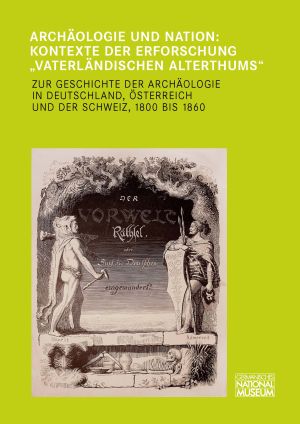How to Cite
License (Chapter)

This work is licensed under a Creative Commons Attribution-NonCommercial-NoDerivatives 4.0 International License.
Published
Eiszeit, Eolithen, Pfahlbauten und Darwin
Die Beiträge des Zürcher Paläobotanikers Oswald Heer zur Ur- und Frühgeschichte
Ice Age, Eoliths, Pile Dwellings, and Darwin: The Contributions of the Zürich Palaeobotanist Oswald Heer to Prehistoric and Early Historical Research
The Zürich palaeobotanist Oswald Heer was a pioneer of the study of Tertiary plants, along with Leo Lesquereux, a fellow Swiss working in North America, and the Austrian Franz Unger. As a renowned authority, Heer was asked by the 1880 International Congress for Prehistoric Archaeology in Lisbon to give his views on the the ‘eoliths’ found with fossil plant remains from the Miocene and state whether they were manmade tools. Heer not only described hundreds of new fossil species but drew conclusions about the history and distribution of various floras and the palaeoclimates in which they grew. This led, in turn, to an interest in the causes of the Ice Age(s) and the coining of the term ‘interglacial’. Heer also undertook the identification of plant remains excavated in the context of the recently discovered pile dwellings and found that various species still existed, unchanged. This led him to conclude that Darwin’s mechanisms of evolution and his idea that living creatures are perpetually changing did not accord with the observable facts.







